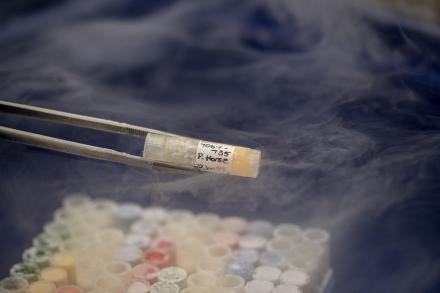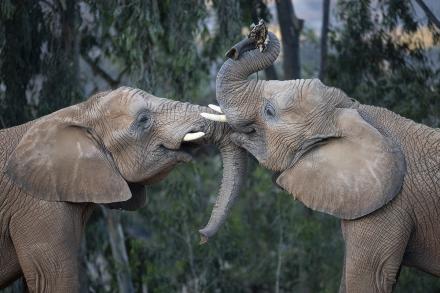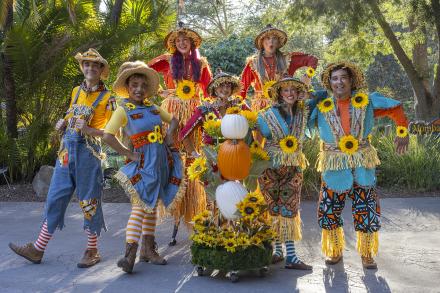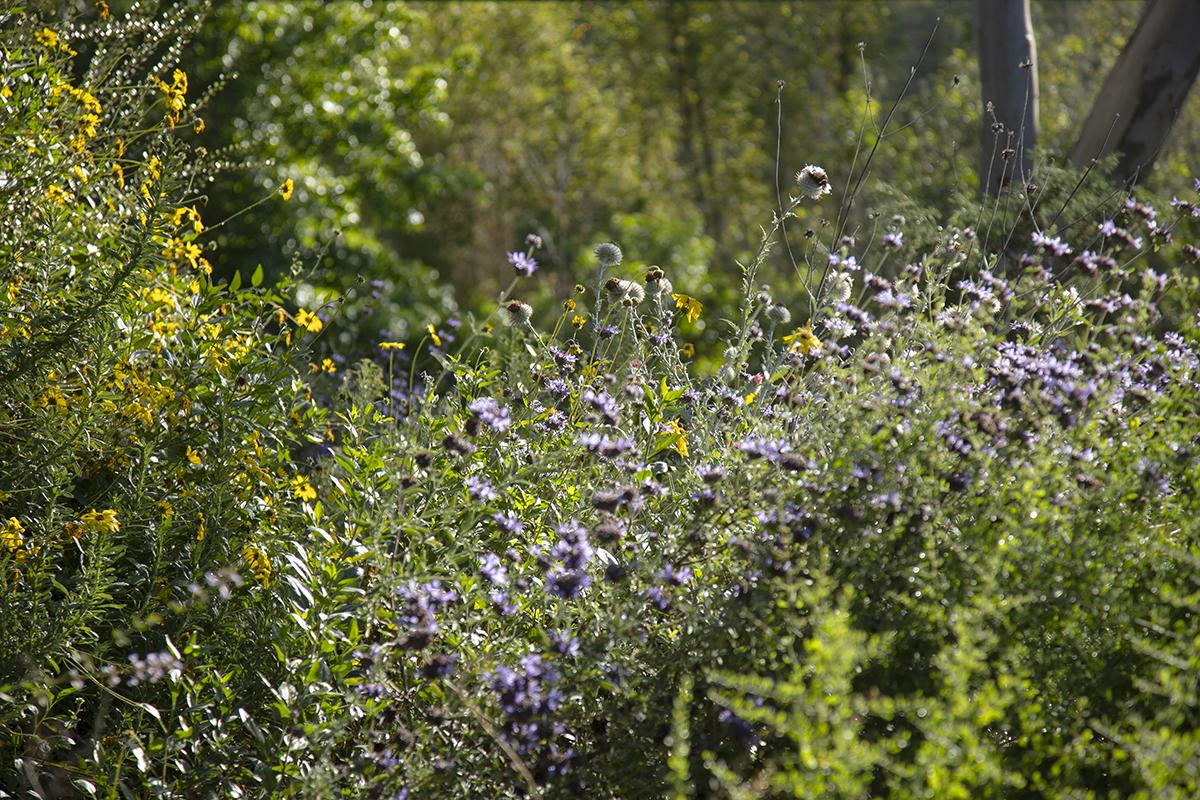
San Diego County is the most species-rich county in the contiguous United States, with over 650 native bees, 520 birds, 1,380 butterflies and moths, 91 terrestrial mammals, 75 reptiles, 17 amphibians and 339 spiders calling the county home. What supports this incredible array of wildlife? Native plants! Plants are the backbone of the biosphere, supporting all other life-forms by capturing energy from the sun, producing oxygen, absorbing carbon dioxide, cleaning pollutants from the air, building soil, driving the water cycle, and moderating climate.
Grounds for Growth
San Diego County lies within the California Floristic Province, a distinct system characterized by a Mediterranean climate with cool, wet winters and hot, dry summers. It is one of only five regions in the world with this climate pattern. This unusual climate, coupled with California's diverse topography, has resulted in a recipe for speciation, leading to over 6,500 plant species native to the state. In San Diego County alone, there are over 1,570 native plant species with new species still being described. Of these species, 26 are endemic to the county, meaning they grow nowhere else in the world. In supporting all this life, California and, by association, San Diego County, are considered biodiversity hotspots—defined as a region that has a high level of species richness that is threatened by human activity and is at a high risk for destruction.
Loss of biodiversity results in a decrease in ecosystem resiliency, which in turn can lead to consequences that affect human well-being as well as that of the natural world. Urban development, especially along the coast, along with agricultural development has resulted in habitat loss and fragmentation. Many species have had their habitat reduced to a mere fraction of what it once was. Introduced nonnative species out-compete natives for resources and provide fuel, causing higher-intensity and more frequent wildfires. Environmental sustainability may be affected by increased periods of drought, more extreme weather, and reduced frequency of the marine layer that many coastal plant species depend on.
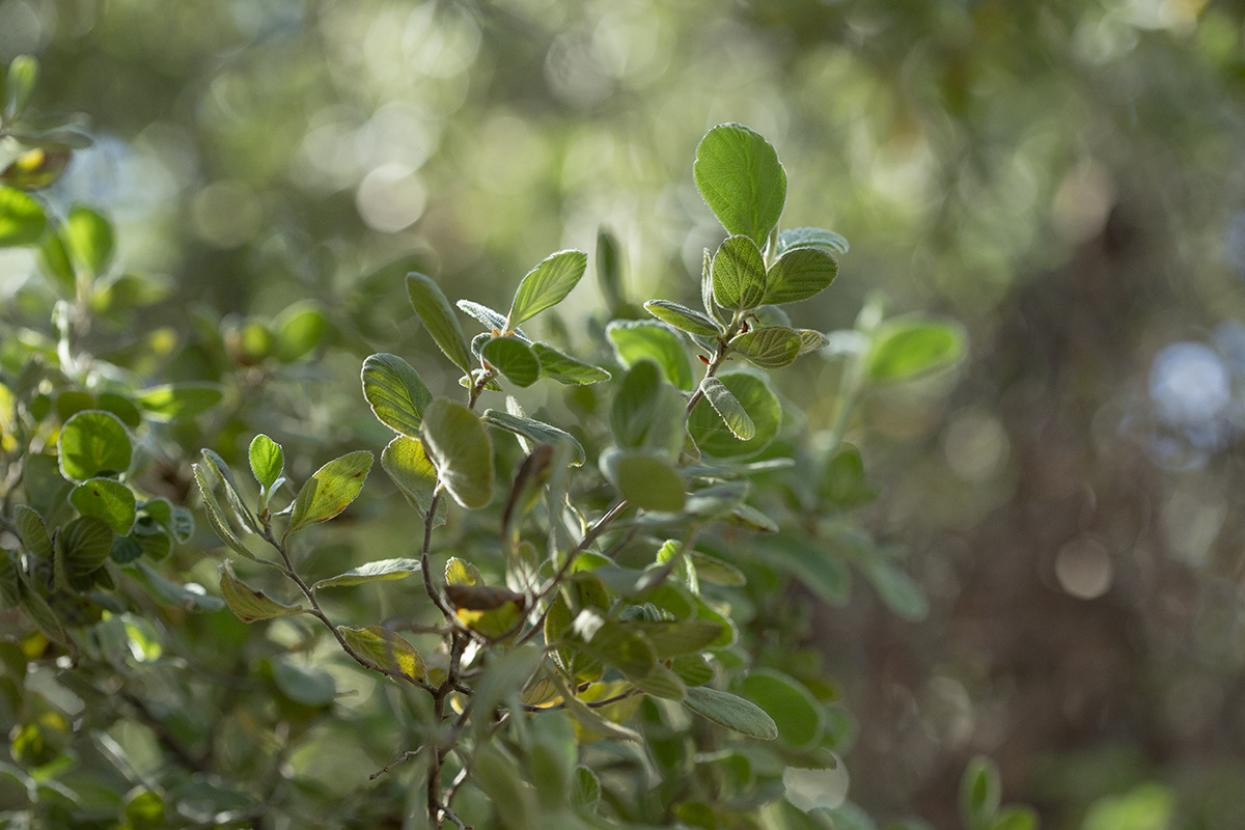
Catalina Island mountain mahogany Cercocarpus traskiae
On the Horticultural Homefront
At the San Diego Zoo, the Horticulture team has been working to preserve and protect local biodiversity by installing native plant gardens in various locations. Since 2018, the Horticulture team has created eight gardens dedicated to native plant species, as well as incorporated natives into plantings in Denny Sanford Wildlife Explorers Basecamp, and augmented the scattered natives planted during the creation of Elephant Odyssey. More native gardens are in the planning stages enabling Horticulture to increase the number of species we are growing on grounds. Goals of this project are to create a series of gardens across the Zoo that will showcase the beauty and diversity of Southern California flora; be a sanctuary for rare and endangered plant species; and educate guests on the importance and benefits of planting native species.
By planting a wide variety of species, the Zoo supports wildlife codependencies that have evolved in the region. Studies have shown that even small areas planted with natives provide habitat for native fauna, which in turn aid the plants by providing pollination and seed dispersal. If these native gardens are planted fairly close to each other, they allow for survival and movement of wildlife through a predominantly urban landscape. At the Zoo, plant species are selected for a variety of flower colors, sizes, and shapes to attract a wide variety of pollinators. Many native bees are specialists, collecting pollen from only one plant species to feed their young, while other insects and birds feed on the nectar the flowers provide. Caterpillars of butterflies and moths are typically dependent on a limited number of host plant species, so selecting a diversity of plants increases the number of pollinators that can thrive in our landscape. Horticulture team members collaborate with the Entomology team to grow host plants for the imperiled Quino checkerspot, Laguna Mountains skipper, and western monarch butterflies. Birds rely on native plants for food, nesting material, and nesting sites. As our gardens have grown and matured, team members have noted more species of birds and insects visiting the area. They have also found seedlings of many species coming up—all signs of a successful and thriving habitat.
San Diego Zoo grounds are in an area that was once a mix of coastal sage scrub and maritime chaparral, two of the most rare and threatened habitats in the state due to rapid urbanization along the coastal corridor. Planting species that would have naturally occurred here is a primary goal for our native plant collection. Because of environmental similarities, the Zoo is also ideally situated for growing Channel Islands species. Building internal and external partnerships has expanded our collection to include some of the rarest species in the state, such as Catalina Island mountain mahogany Cercocarpus traskiae, Encinitas baccharis Baccharis vanessae, and Del Mar manzanita Arctostaphylos glandulosa ssp crassifolia.
Prime viewing areas for spotting native California plants on grounds at the San Diego Zoo include the Eagle Bridge slope, the slopes below Bashor Bridge on the Elephant Odyssey side, the elephant pool perimeter by Mammoth Plaza, and the turtle habitat near Sabertooth Grill.
The Mighty Oaks
Zoo Horticulture plays a major role in the conservation of Southern California oak species. New landscape areas will be centered around Southern California oak species and reflect the plant communities these species coexist with in their native habitat. Oaks are a keystone species, meaning they are a critical component of the ecosystem and support many other forms of life. The oak conservation Horticulture team has partnered with other organizations across Southern California to collect and propagate acorns of five species from many populations. Some of the saplings planted from these collections will be planted on Zoo grounds as assurance populations to safeguard the genetic diversity of the species. Others have been or will be shared with our partners in the Global Conservation Consortium for Oak, ensuring the species is protected in gardens across the United States. Preserving genetic diversity in oaks and other native species is key to their survival by allowing for adaptation to rapidly changing environments.
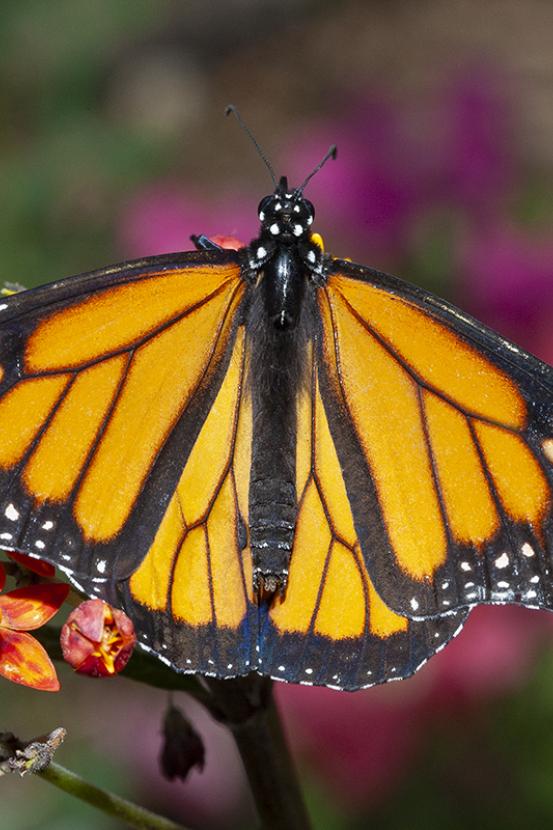
Monarch butterfly Danaus plexippus
Backyard Conservation
Native plant gardens serve as a living laboratory that illustrates the relationships between plants and wildlife and promotes backyard conservation by demonstrating even small native gardens create a thriving habitat. They are an ideal space to observe, appreciate, and connect with nature. In addition, these gardens highlight the benefits of planting natives—wherever you live. Local species are adapted to local conditions, so they reduce the need for maintenance, water use, chemical fertilizers, and pesticides, saving you money, labor, and time.
A key point of our native plant program is that everyone can make a difference and participate in backyard conservation. Of course, the more different types of plants you put in an area, the greater the number of wildlife that will visit. But even a few potted native plants on a patio will attract local wildlife.

